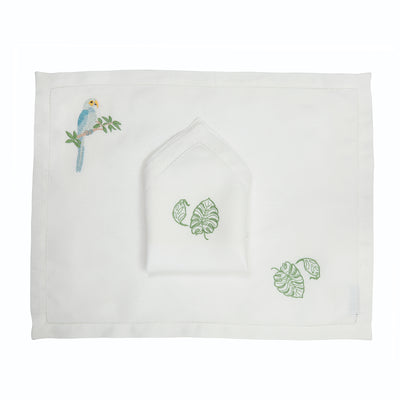The Longwy enamel factory
Through this section, discover a specific know-how of a French heritage company with the highlighting: of a gesture, the tool to achieve it and the craftsman who executes it. The gesture, the tool, the actor.
Once in great difficulty, the company is once again enjoying success. At the origin of this revival, the plebiscite of renowned designers and artists for a rare know-how. Explanations.
Photo: Philippe Vaurès Santamaria

“Unique know-how. Martin Pietri is categorical. “Its range of colours, its cloisonné technique, its level of detail and the in-house integration of all the required trades make Émaux de Longwy a French exception. And this since 1798, thanks to a few renowned clients, including Napoleon 1st. What arouse the interest of this former official of the Ministry of Economy and Finance. His maternal family descended from a long line of cabinetmakers, the Jacob-Desmalter, suppliers among others to… Bonaparte.

Beyond the wink, this factory responds to the quest of the Emblem group which he now leads: to preserve the exceptional craftsmanship of small SMEs. How ? By bringing them together, to pool certain costs, smooth out seasonal activity declines and offer a range of products that is more likely to appeal to decorating professionals with its largesse. In 2015, Émaux de Longwy was acquired to join the furniture manufacturer Taillardat acquired the same year. Today, the manufacture relies on a background of existing collections, the development of reissues and collaborations with renowned designers and artists (José Lévy, Pierre-Marie, India Mahdavi, Françoise Pétrovitch, Pierre Gonalons, etc.) around very limited series. The objective? Create even more desirability. On target !
The gesture: the press

The operation prepares the biscuit for its enameling by affixing the contours of its decoration to the piece. A tribute to delicacy.
At this stage, the earthenware has already had several lives. His plasticine model allowed the creation of a mother mold from which production molds, this time, were drawn. The slip was made from land in Limoges, then calibrated to check its fluidity before being cast. After refinishing, a two-day long firing cycle, at a maximum temperature of 1,040°C, gave birth to the biscuit… Printing can then begin. In a separate room, two people are busy. One is a screen printing work to print the contours of the decorations to be transferred on tissue paper. The other positions by hand, the most delicately in the world, this sheet on the piece to be created. No error is allowed. The perfectly affixed paper is then dabbed using a specific stick and then slightly moistened. With a sponge, it disappears in the blink of an eye to reveal only the cloisonné of the enamel, so called for its ability to retain each color between its strokes. Magic, like a decal.
The tool: the syringe

Unexpected in this universe, the object is however of use at the time of putting the enamel, alongside other utensils...
Another room, same concentration. The decorators are busy. Most hold a large syringe with a fine needle at their fingertips, which they operate by simply pressing a pedal. Immediately, on the targeted location, the tool releases a fine quantity of a mixture of powdered enamel and liquid glue. Its matte tone indicates in seconds that it is dry. The operator then resumes her task without risk of soiling. And so on, color by color, supporting canvas. On closer inspection, in this workshop, the syringe does not have a monopoly. Depending on the level of detail desired, others prefer a bamboo or scrap iron shaft, or even more occasionally a sable hair brush. It is the latter that is favored by the person in charge of gold and platinum. Two colors treated separately, at 650°C, after an initial firing of the rest of the enamel at 750°C. Or in all, from the biscuit to its decoration, at least three passages in the oven, for pieces sometimes requiring 40 hours of enamel application. A painstaking job
The actor: the laboratory worker

For years, Assim Bouguerfa has been developing the glazes used in production; and this, in a constant dialogue with the designers and artists involved.
“The days follow and are not alike. This is what seduced this student in mechanics, hired at the Manufacture des Émaux de Longwy in 1985. There, after a first experience in clay and in the oven, the young man discovered another profession: that of laboratory worker. The activity then consists essentially of supplying the stock of enamels all year round and creating new tones. An arduous task, as this mixture of silica, potash, soda… and coloring oxides, cooked and ground on site, completely changes color when cooked on a biscuit. Trials are needed. Particularly in the context of collaborations now developed with designers. They deliver a model with its Pantone references, it must identify the colors of the catalog that correspond, or even create additional ones. A dialogue ensues. Today, the manufacture has more than 1,000 enamel references. Another wealth. One more…










